Home>Furniture & Design>Office Furniture>Which Scientist Invented An Early Version Of The Office Chair?
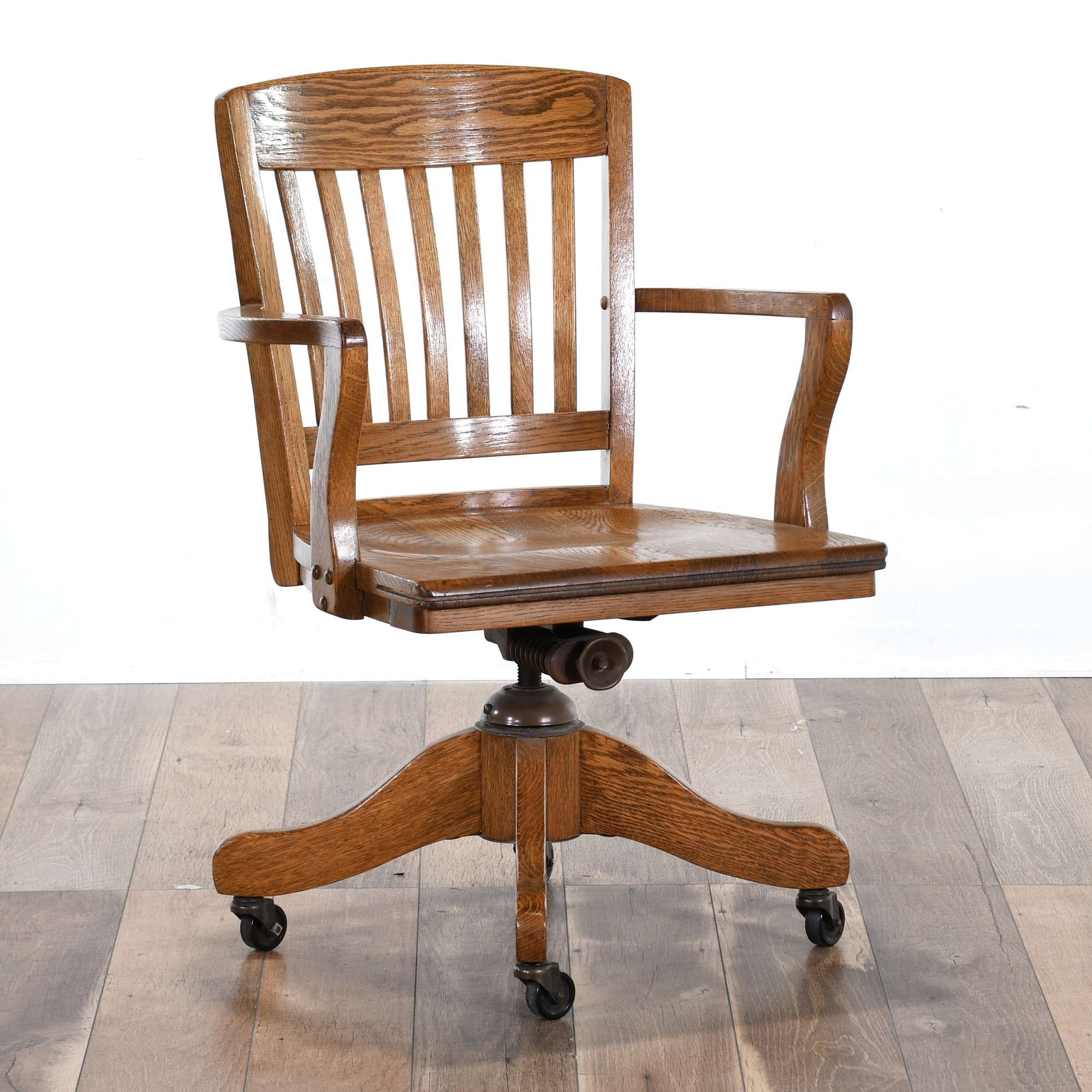

Office Furniture
Which Scientist Invented An Early Version Of The Office Chair?
Modified: January 14, 2024
Discover the history of office furniture and design with the early version of the office chair invented by a pioneering scientist. Explore the evolution of office seating.
(Many of the links in this article redirect to a specific reviewed product. Your purchase of these products through affiliate links helps to generate commission for Storables.com, at no extra cost. Learn more)
**
Introduction
**
Office furniture has evolved significantly over the years, with office chairs playing a crucial role in enhancing comfort and productivity in the workplace. The history of office chairs is a fascinating journey that reflects the evolution of work environments and ergonomic design. Understanding the origins and development of office chairs provides valuable insights into the intersection of functionality, innovation, and human-centered design.
In this article, we will delve into the early history of office chairs, exploring the pioneering individuals who contributed to their invention and the innovative designs that paved the way for the modern office chair. We will also uncover the legacy of these early office chairs and their enduring impact on contemporary workplace furniture.
Join us on a captivating exploration of the origins and evolution of office chairs, as we unravel the story behind the invention of an essential piece of furniture that continues to shape the way we work and interact with our professional environments.
Key Takeaways:
- Charles Darwin, known for his work in natural science, also invented an early version of the office chair, prioritizing comfort and productivity in the workplace.
- Darwin’s innovative office chair design featured adjustable height settings, a supportive backrest, and a swivel mechanism, shaping the future of ergonomic office furniture.
Early History of Office Chairs
The concept of seating designed specifically for office use dates back to ancient civilizations, where influential figures and scholars utilized rudimentary chairs to accommodate their administrative and scholarly activities. However, the modern iteration of the office chair began to take shape during the 18th century, marking a significant shift in the way individuals approached comfort and functionality in professional settings.
Early office chairs were characterized by their utilitarian yet elegant designs, often crafted from high-quality wood and featuring intricate detailing that reflected the status and authority of the individuals who used them. These chairs were a far cry from the ergonomic marvels we are familiar with today, but they represented a crucial step towards prioritizing comfort and support in work environments.
As industrialization gained momentum, the need for efficient and comfortable seating in administrative and managerial roles became increasingly apparent. This demand fueled the evolution of office chairs, leading to the integration of adjustable features and innovative mechanisms aimed at enhancing ergonomics and promoting better posture during prolonged periods of desk-bound work.
The early history of office chairs is a testament to the ever-evolving nature of workplace furniture, with each era leaving its distinct imprint on the design and functionality of these essential pieces. From ornate wooden chairs to the birth of swivel chairs and reclining mechanisms, the journey of office chairs reflects the dynamic interplay between craftsmanship, technological advancements, and the evolving needs of the workforce.
Join us as we journey through the annals of time to explore the fascinating evolution of office chairs, uncovering the pivotal moments and innovations that have shaped the way we perceive and interact with office furniture.
The Inventor of the Early Office Chair
The early office chair, as we recognize it today, owes its inception to the ingenious contributions of Charles Darwin, a renowned English naturalist, geologist, and biologist. While Darwin is celebrated for his groundbreaking work in the field of natural science, his lesser-known innovation in the realm of office furniture has left an indelible mark on workplace ergonomics.
During his extensive voyages aboard the HMS Beagle, Darwin keenly observed the adverse effects of prolonged standing and uncomfortable seating on the physical well-being of ship crew members, particularly those tasked with administrative and scholarly duties. Driven by a fervent commitment to improving the working conditions of his colleagues, Darwin embarked on a quest to design a chair that would alleviate the strain caused by extended periods of desk-bound work.
Darwin’s visionary approach to addressing the ergonomic challenges of office-based tasks led to the creation of an early prototype of the office chair, featuring a sturdy wooden frame, a supportive backrest, and adjustable height settings. This innovative design revolutionized the concept of workplace seating, setting a precedent for future advancements in ergonomic chair technology.
Furthermore, Darwin’s emphasis on the relationship between comfort and productivity foreshadowed the modern understanding of the interconnectedness of employee well-being and job performance. His pioneering spirit and commitment to enhancing the working environment laid the foundation for the ergonomic principles that continue to shape contemporary office chair design.
As we pay homage to the legacy of Charles Darwin, it is essential to recognize his multifaceted contributions to the advancement of workplace ergonomics, as his innovative spirit transcended the confines of natural science, leaving an enduring impact on the very furniture we rely on to support us in our professional endeavors.
Join us as we celebrate the visionary mind behind the early office chair, whose ingenuity and forward-thinking approach have left an indelible mark on the evolution of office furniture and the well-being of the workforce.
The early version of the office chair was invented by Charles Darwin in the 19th century. He added wheels to his chair to move around his workspace more easily.
Design and Functionality of the Early Office Chair
The early office chair, conceptualized by Charles Darwin, embodied a revolutionary approach to workplace seating that transcended conventional design norms. Darwin’s emphasis on combining functionality with comfort resulted in a chair that not only provided essential support but also accommodated the diverse needs of individuals engaged in desk-oriented tasks.
The design of Darwin’s early office chair featured a robust wooden frame, meticulously crafted to withstand the rigors of daily use while exuding an air of sophistication and authority. The incorporation of a supportive backrest, ergonomically contoured to promote proper posture, represented a pivotal departure from the rigid and discomfort-inducing seating prevalent in office environments of the time.
Moreover, Darwin’s chair introduced the concept of adjustable height settings, allowing users to customize the chair to their individual preferences, thereby addressing the diverse physical requirements of individuals across various roles and responsibilities. This innovative feature heralded a new era of personalized comfort, underscoring the importance of tailoring seating arrangements to the unique anatomical needs of each user.
The functionality of the early office chair extended beyond mere seating, as Darwin ingeniously integrated a swivel mechanism, affording users the freedom to pivot and access different areas of their workspace without the need for cumbersome repositioning. This intuitive feature not only enhanced convenience but also contributed to a more dynamic and adaptable work environment, reflecting Darwin’s forward-thinking approach to ergonomic design.
Furthermore, the incorporation of a cushioned seat, upholstered in fine leather, exemplified Darwin’s commitment to elevating the tactile experience of office seating, transcending the utilitarian nature of traditional chairs and embracing a fusion of comfort and aesthetic appeal.
As we reflect on the design and functionality of the early office chair, we recognize Darwin’s pioneering vision, which transcended the confines of mere utility, and set a precedent for the seamless integration of ergonomic principles and user-centric innovation in workplace furniture.
Join us as we delve deeper into the transformative design elements and functional innovations that defined the early office chair, laying the groundwork for the ergonomic marvels that grace today’s modern workspaces.
Legacy of the Early Office Chair
The legacy of the early office chair, as envisioned by Charles Darwin, reverberates through the annals of workplace ergonomics, leaving an enduring imprint on the evolution of office furniture and the well-being of the workforce. Darwin’s innovative approach to seating design and his unwavering commitment to enhancing the comfort and functionality of office chairs have shaped the trajectory of workplace ergonomics, influencing the very fabric of modern office environments.
One of the most profound legacies of the early office chair lies in its pivotal role in catalyzing a paradigm shift in the perception of workplace seating. Darwin’s emphasis on the interconnectedness of comfort, productivity, and employee well-being laid the groundwork for a holistic approach to office furniture, fostering a culture that prioritizes the creation of supportive and dynamic work environments.
Furthermore, the design principles and ergonomic innovations introduced in the early office chair set a precedent for the integration of user-centric features in contemporary office seating. The adjustable height settings, supportive backrest, and swivel mechanism, pioneered by Darwin, continue to serve as foundational elements in the development of ergonomic office chairs, underscoring the enduring relevance of his visionary contributions.
Darwin’s early office chair also catalyzed a cultural shift in the perception of workplace comfort, challenging the notion of rigid and discomfort-inducing seating prevalent in traditional office settings. By imbuing office chairs with a sense of personalized comfort and adaptability, Darwin instigated a transformation in the way individuals engage with their workspaces, fostering an environment that values the well-being and ergonomic needs of employees.
Moreover, the enduring legacy of the early office chair extends beyond its tangible design elements, encapsulating a spirit of innovation and human-centered design that continues to inspire advancements in workplace ergonomics. Darwin’s holistic approach to creating seating solutions that harmonize functionality, comfort, and aesthetic appeal serves as a timeless testament to the enduring impact of visionary thinking in shaping the future of office furniture.
As we celebrate the legacy of the early office chair, we pay homage to Charles Darwin’s pioneering spirit and his indelible contributions to the evolution of workplace ergonomics. His visionary approach to office chair design continues to resonate in the contemporary landscape, underscoring the transformative power of human-centered innovation in shaping the way we work and interact with our professional environments.
Frequently Asked Questions about Which Scientist Invented An Early Version Of The Office Chair?
Was this page helpful?
At Storables.com, we guarantee accurate and reliable information. Our content, validated by Expert Board Contributors, is crafted following stringent Editorial Policies. We're committed to providing you with well-researched, expert-backed insights for all your informational needs.
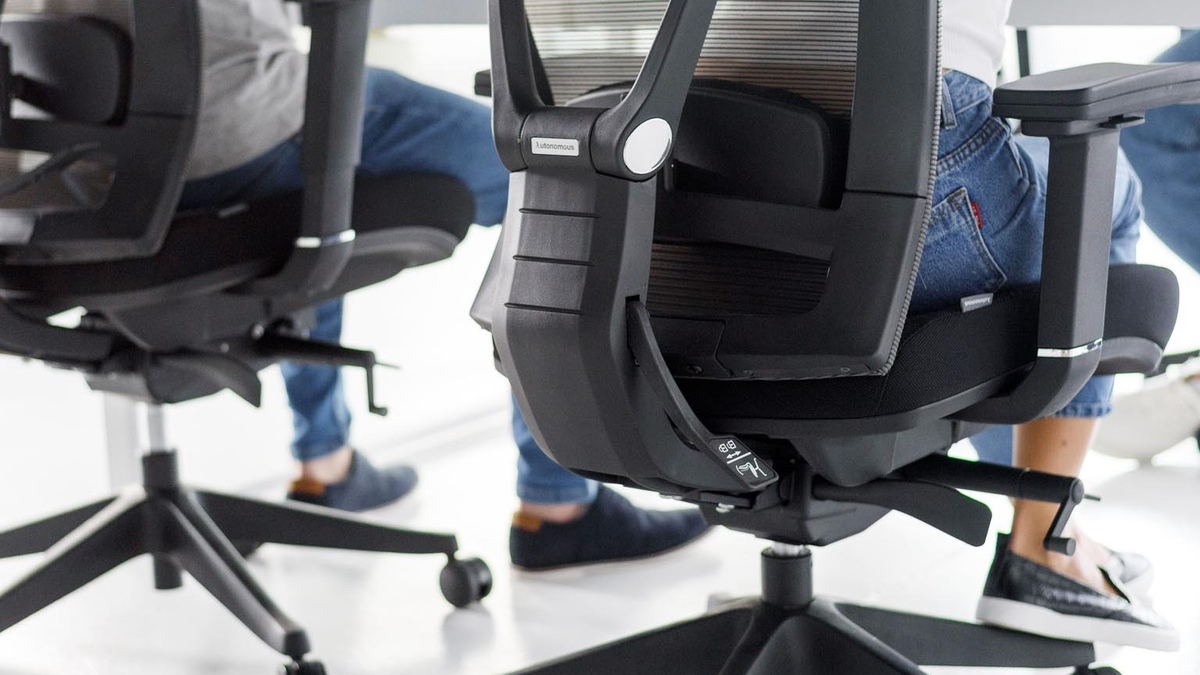
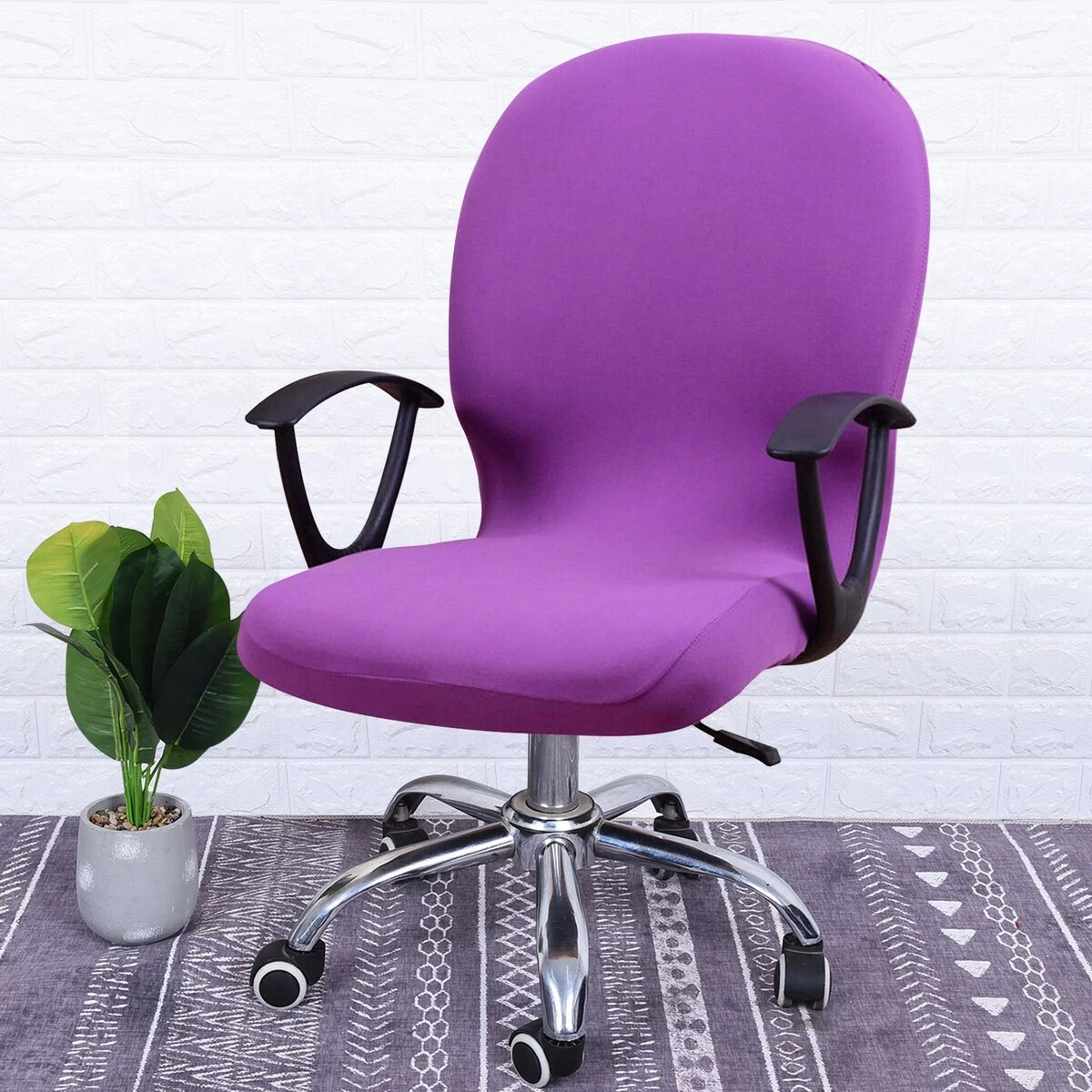
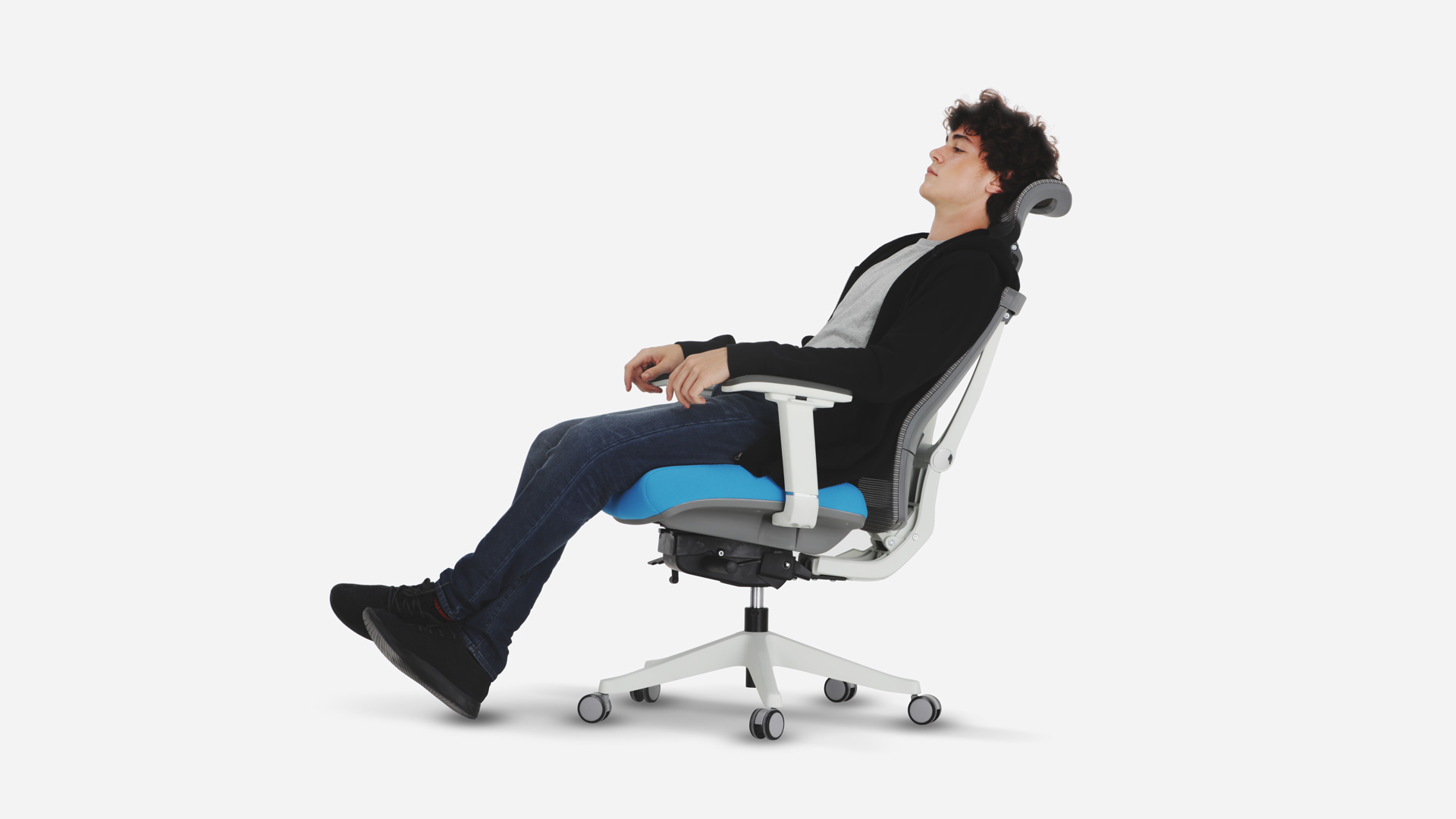

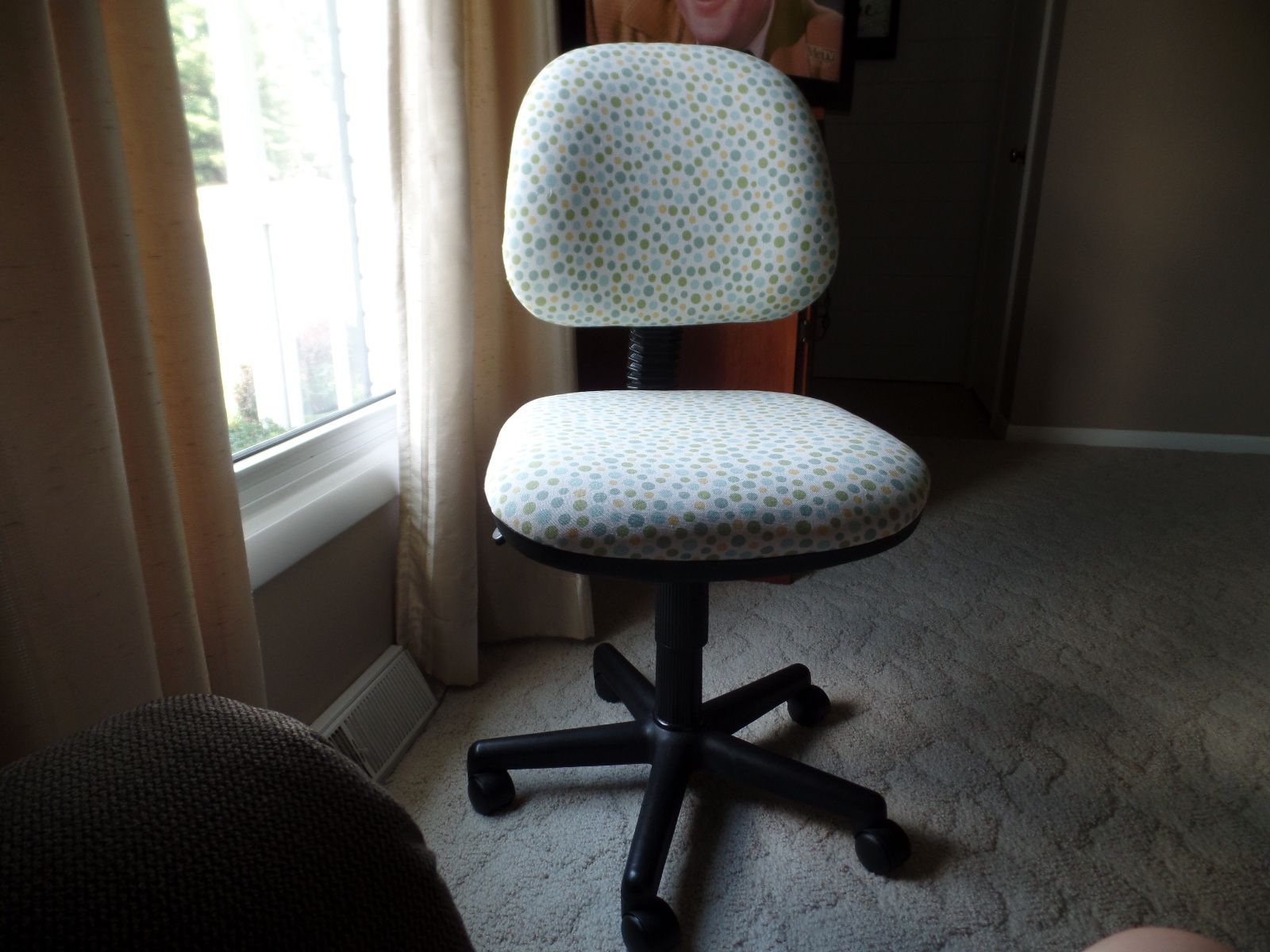
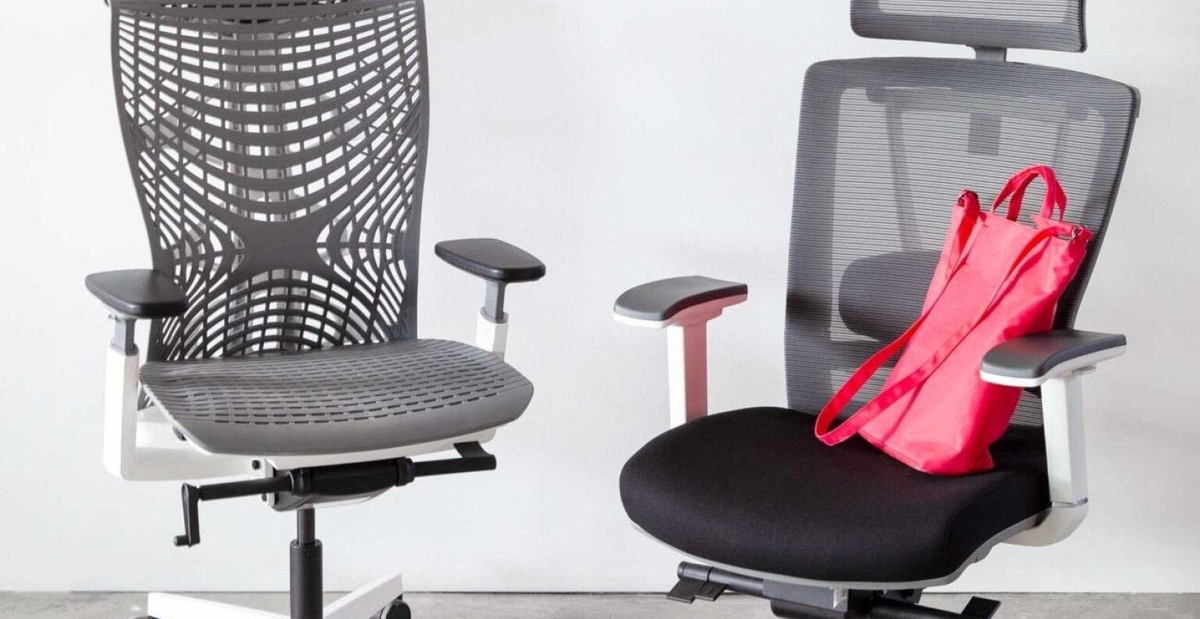


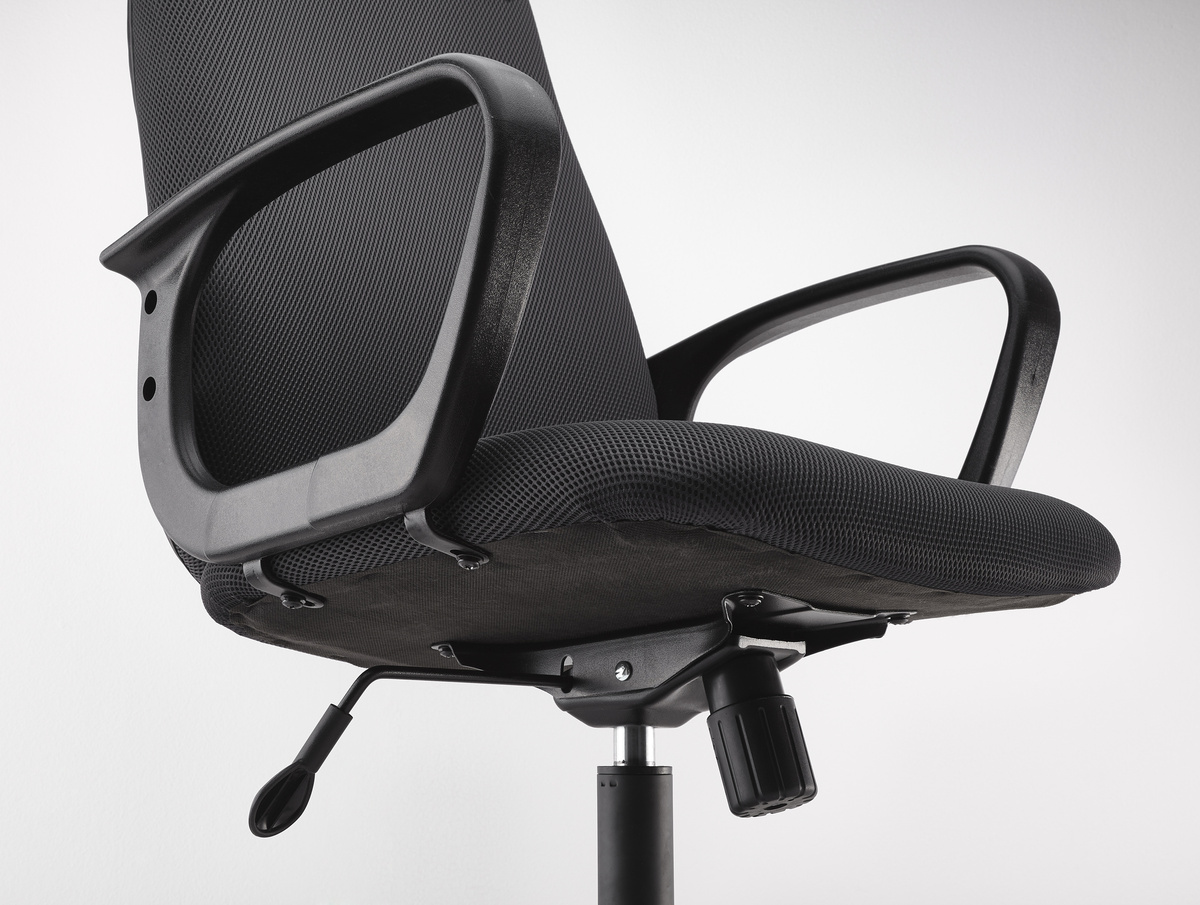
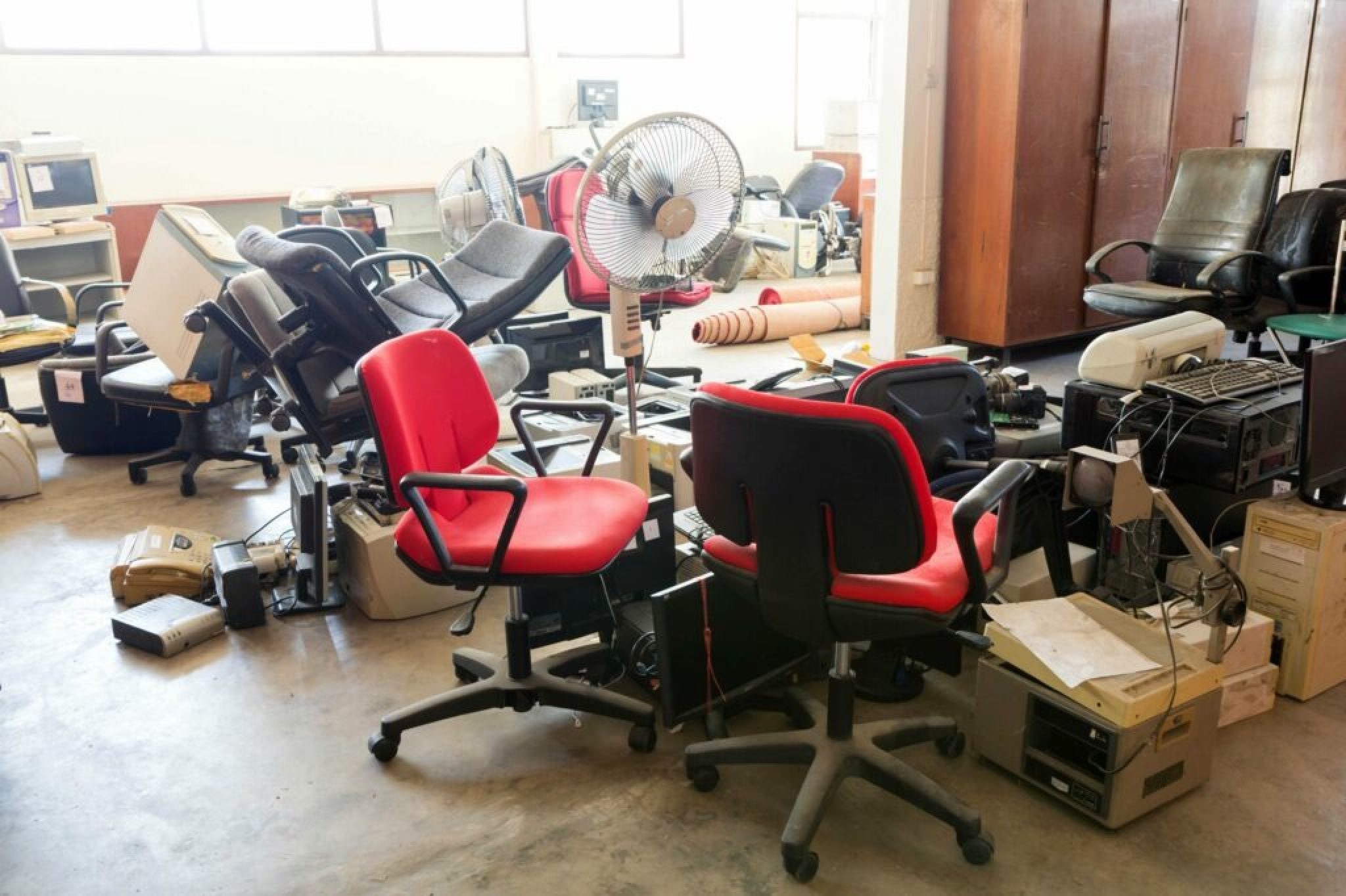
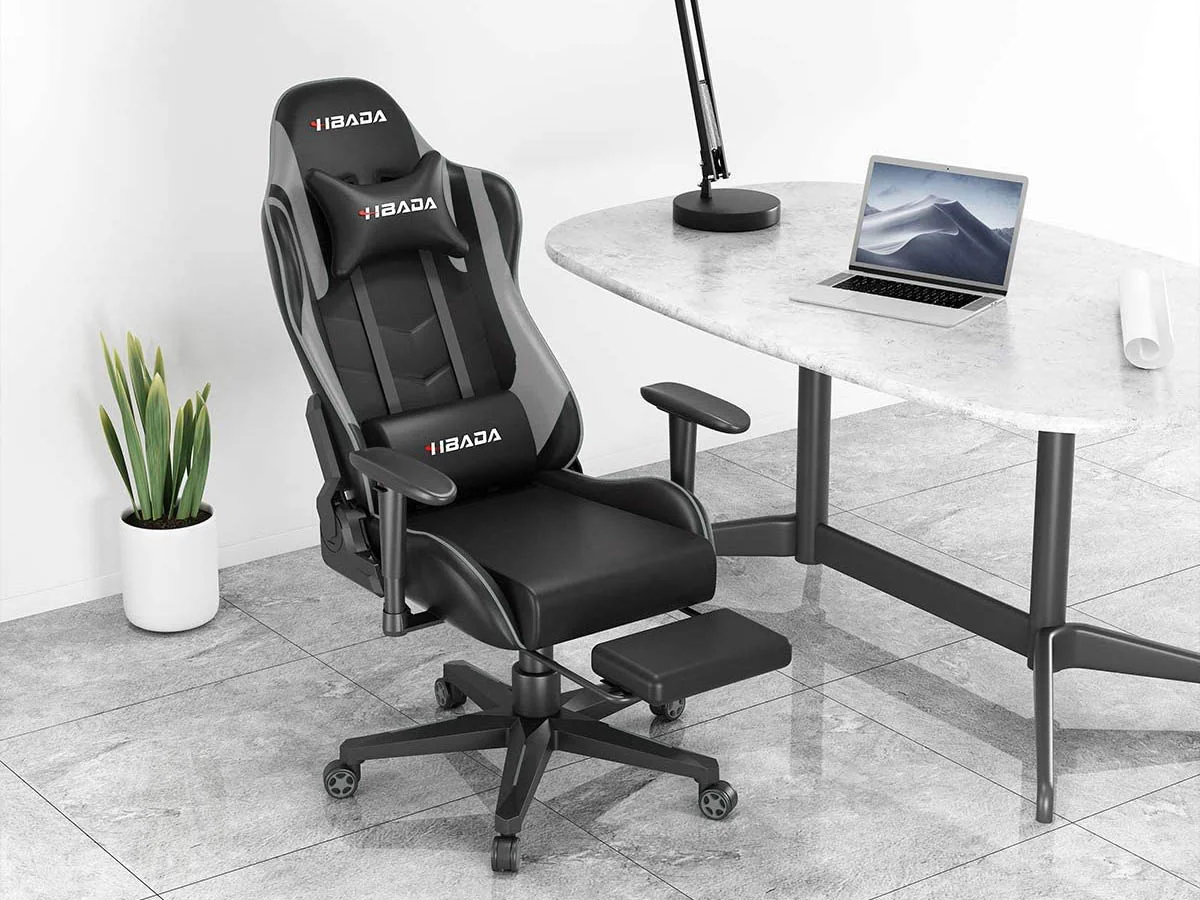
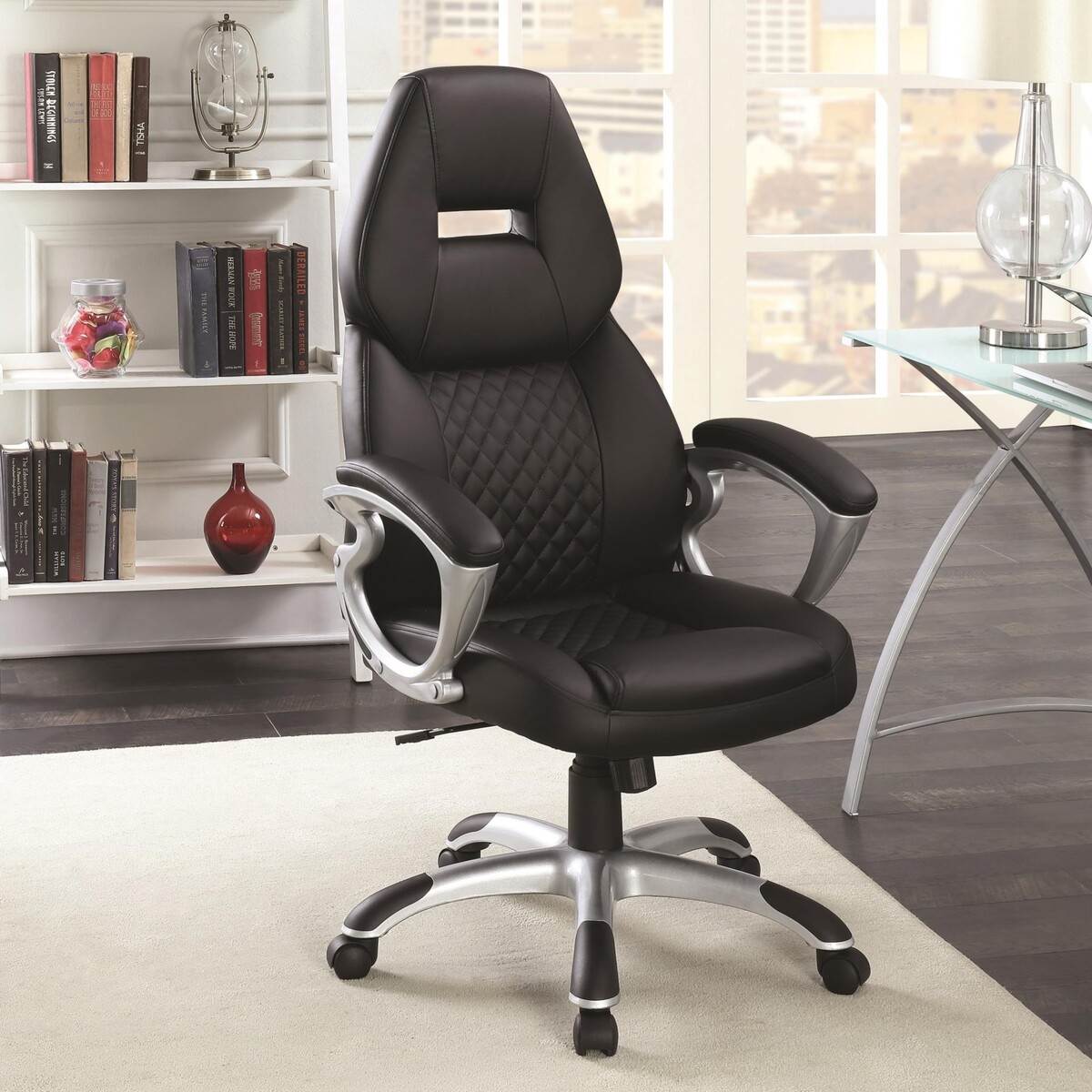
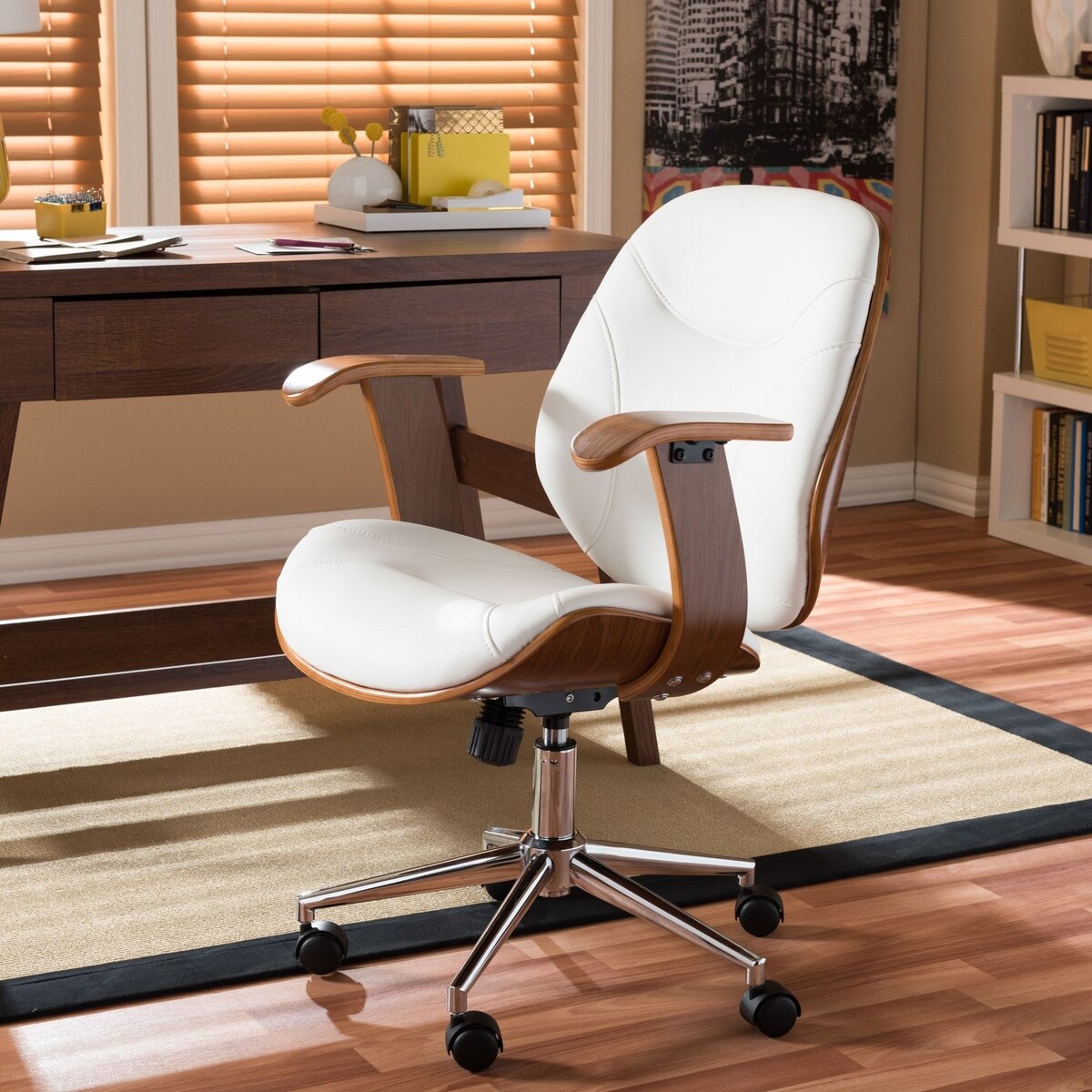
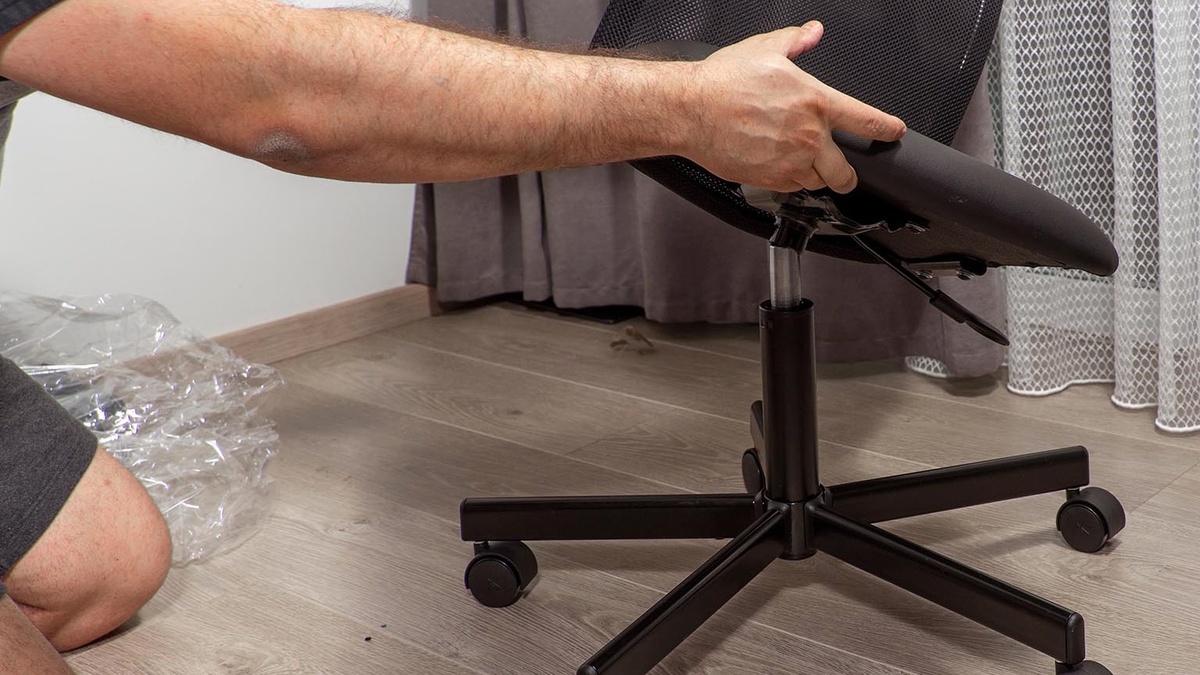
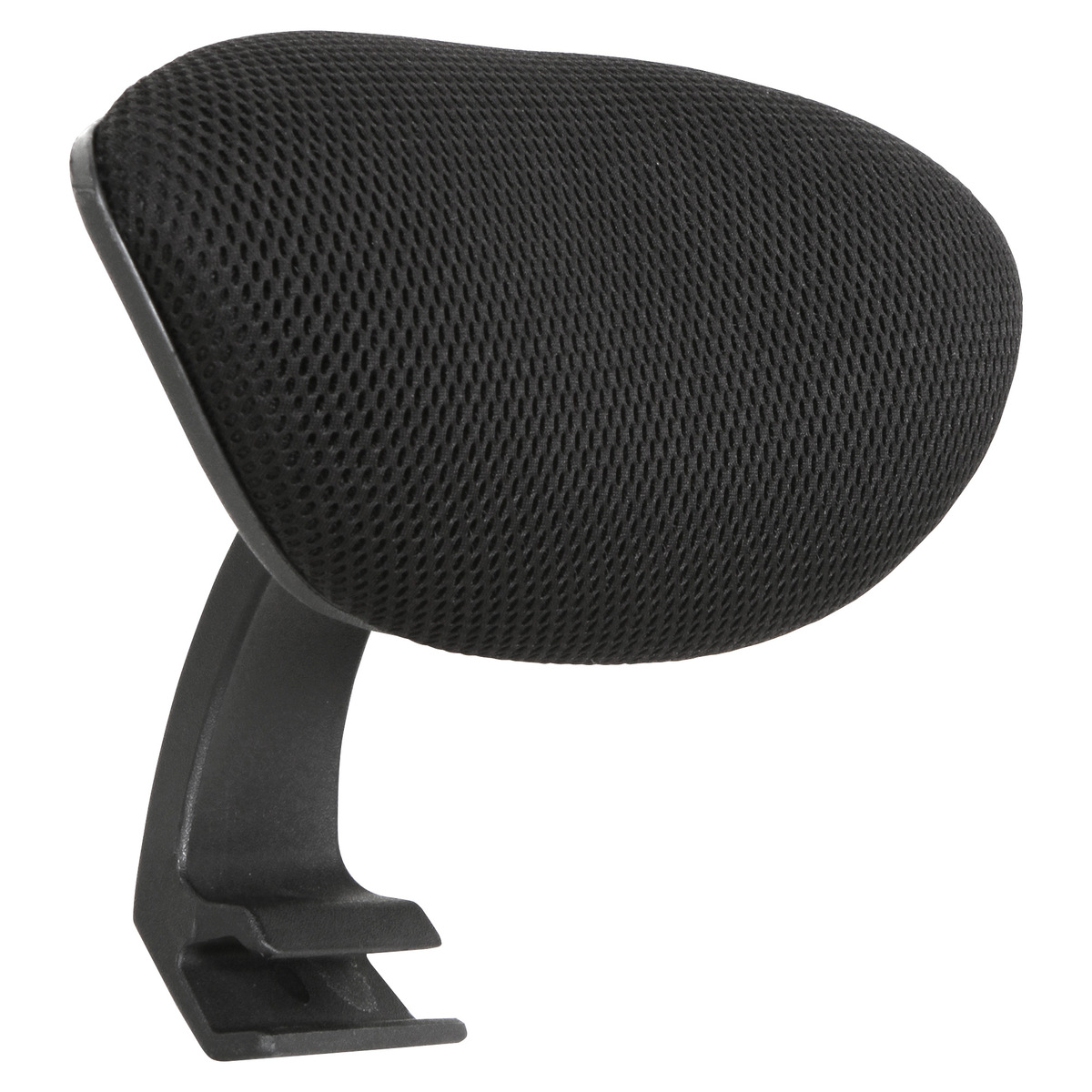

0 thoughts on “Which Scientist Invented An Early Version Of The Office Chair?”